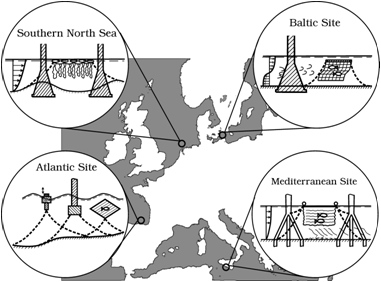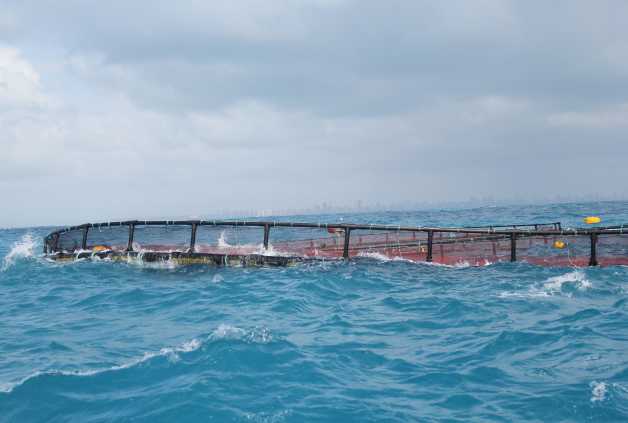

Objectives
|
|
In order to fulfill EU strategies for reduction of fossil-based energy and to become a major player in sustainable aquaculture the MERMAID project aims to address the following key-questions: • What are the best practices to develop a project on multi-use platforms? |
|
Four offshore test study sites with different environmental characteristics have carefully been selected for their specific challenges. The sites, which represent different environmental, social and economic conditions, are located at four different seas:
With the results form these studies, a verified procedure will be created to select the most appropriate design options for a given off-shore area. This procedure should be generic so stakeholders and end users can use it for marine planning strategies. |
 |


